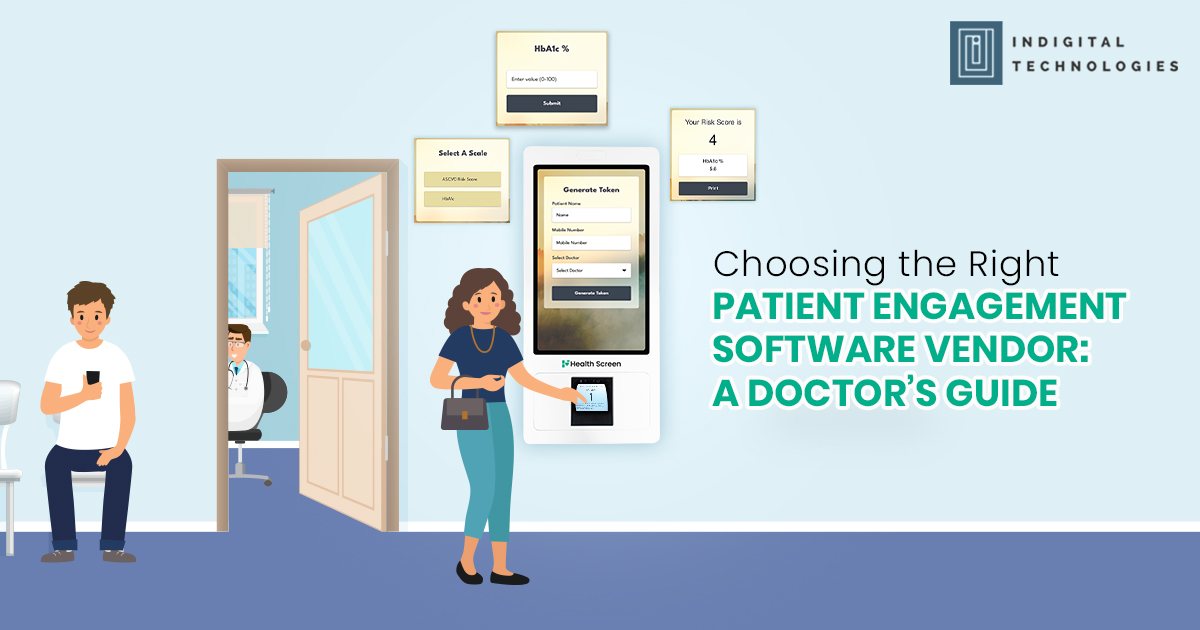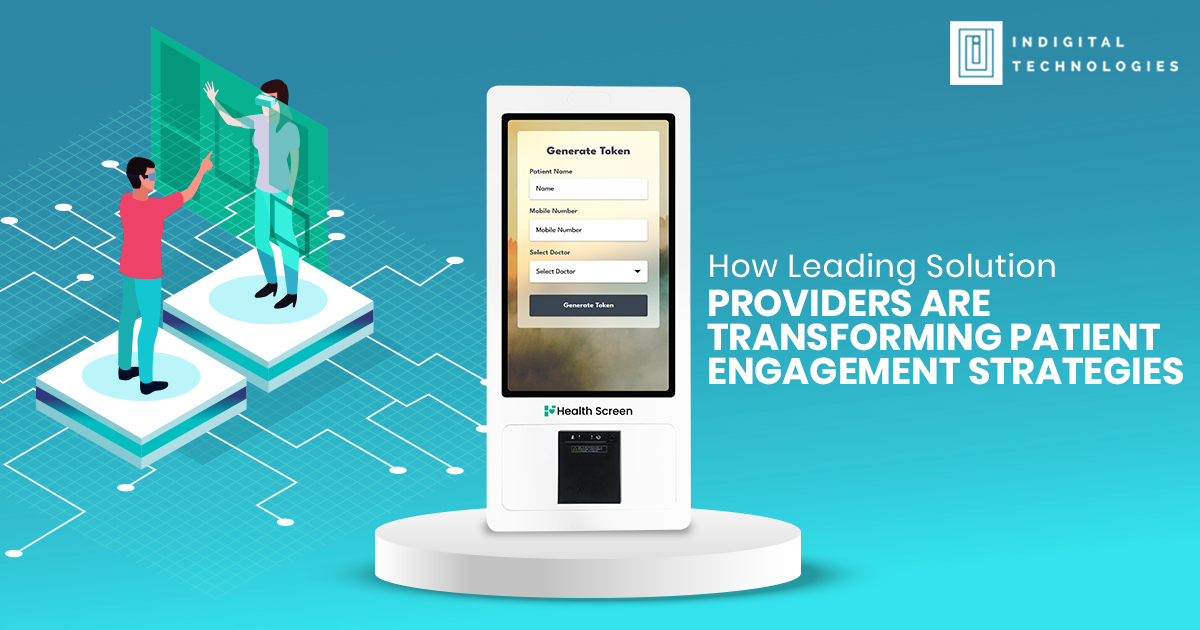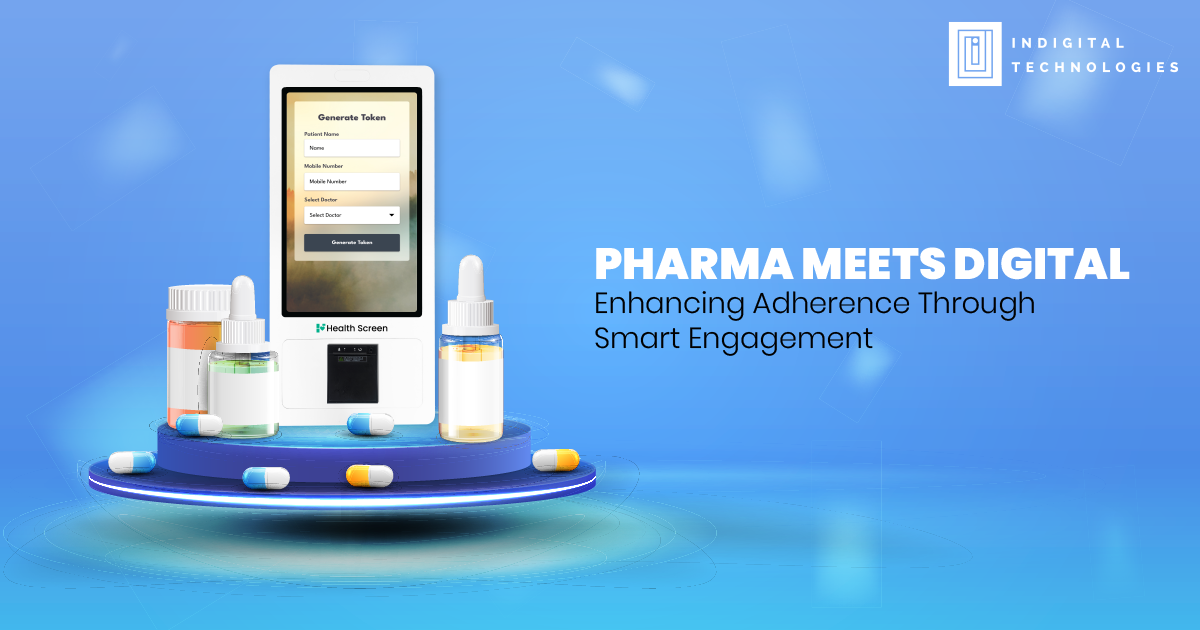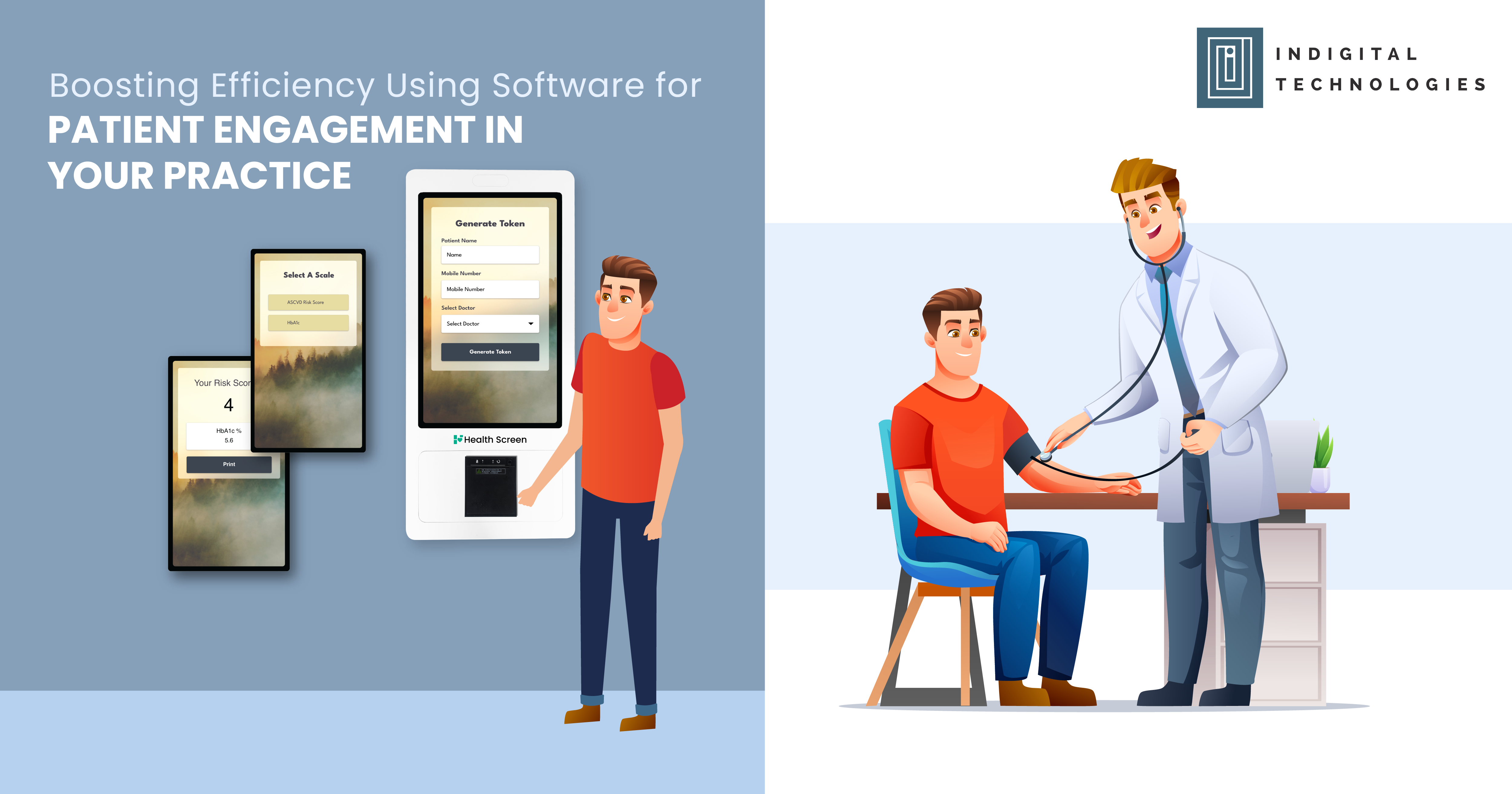In today’s increasingly digital healthcare environment, selecting the right patient engagement software is no longer a luxury — it’s a strategic necessity. For doctors and healthcare providers, the right platform can mean the difference between thriving practices and overwhelmed ones.
But with dozens of vendors promising the “best” solutions, how can doctors cut through the noise and make the right decision?
This guide offers a practical approach to choosing a patient engagement vendor that truly supports your clinic’s growth and patient satisfaction.
Why the Right Vendor Matters
Patient engagement software affects almost every aspect of clinical operations:
- Appointment scheduling and reminders
- Digital intake forms and patient education
- Remote monitoring and telehealth integration
- Feedback collection and follow-up
An ill-suited system can create more friction than it solves.
The right vendor, however, acts as an extension of your practice — boosting efficiency, patient loyalty, and even revenue.
Key Factors to Consider
1. Simplicity and Ease of Use
Your staff and patients shouldn’t need a tech degree to operate the platform.
Choose software that is intuitive, requires minimal training, and has a clean, user-friendly interface.
Tip:
Ask for a hands-on demo. If your receptionist struggles during the trial, your patients will too.
2. Integration with Existing Systems
Your new software should “talk” seamlessly with your current EMR/EHR, billing, and appointment management systems.
Tip:
Check whether the vendor offers API integrations or ready-made compatibility with popular healthcare platforms.
3. Customization and Personalization
Each clinic is different.
Look for solutions that allow you to tailor communication templates, health education materials, and follow-up protocols based on your specialty and patient demographics.
4. Security and Compliance
Given the sensitivity of patient data, HIPAA compliance (or relevant regional standards) is non-negotiable.
Tip:
Ask about the vendor’s data encryption methods, access controls, and privacy policies.
5. Real-Time Engagement Capabilities
In 2025, real-time messaging, appointment reminders, and health alerts via SMS, app notifications, or WhatsApp are crucial.
Tip:
Ensure the software supports two-way communication — not just one-way broadcasting.
6. Scalability
Think long-term.
Choose a platform that can grow with your practice — whether you add new locations, specialties, or telehealth services.
Questions to Ask Potential Vendors
- How easy is the onboarding and training process for staff and patients?
- What integrations do you offer with existing EHR or billing systems?
- Is your platform mobile-optimized?
- How do you handle data backups and breaches?
- Can I customize the engagement flows for different patient segments?
- What kind of support do you provide (e.g., 24/7 technical assistance)?
How Pharma Managers Can Help
For pharma brand managers working with doctors, recommending the right patient engagement platforms can:
- Strengthen relationships with clinics
- Increase visibility and loyalty for their brand
- Ensure better therapy adherence and outcomes linked to their therapies
Leading pharma companies are already partnering with engagement vendors to offer value-added solutions beyond the pill.
Final Thoughts: Choose Wisely, Partner Strategically
Patient engagement is not a one-time project. It’s an ongoing journey that needs a reliable, future-ready partner.
As a doctor, your focus should remain on delivering excellent care.
Let the right technology vendor handle the logistics of connecting, educating, and empowering your patients — while you watch your practice grow stronger every day.
Choose not just a software provider, but a true partner in your clinic’s success.




